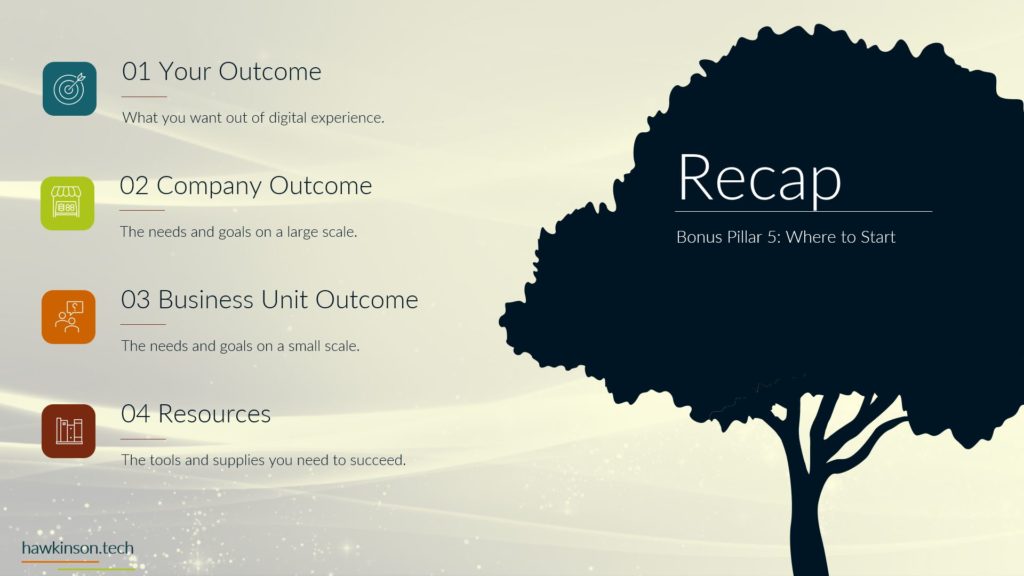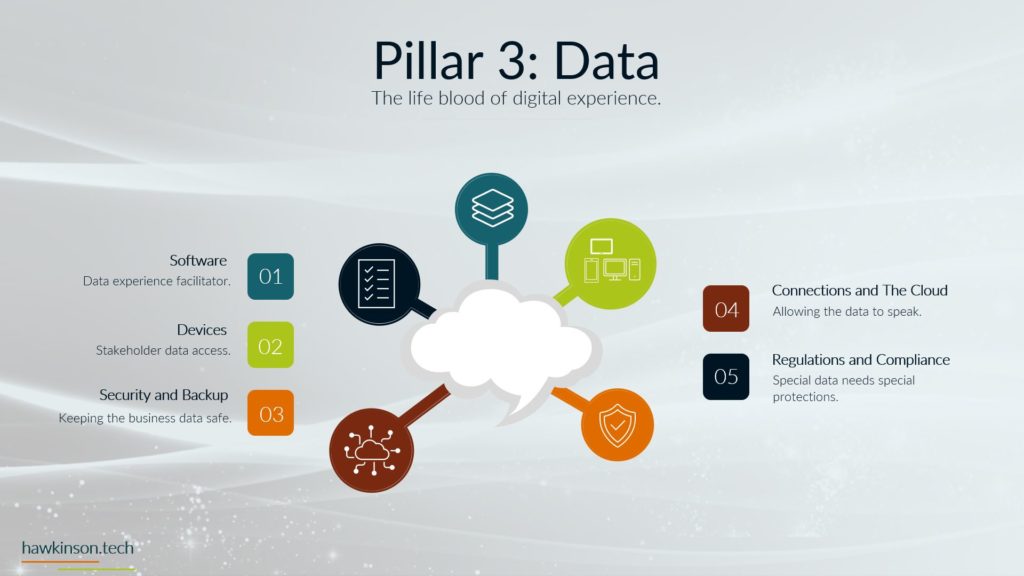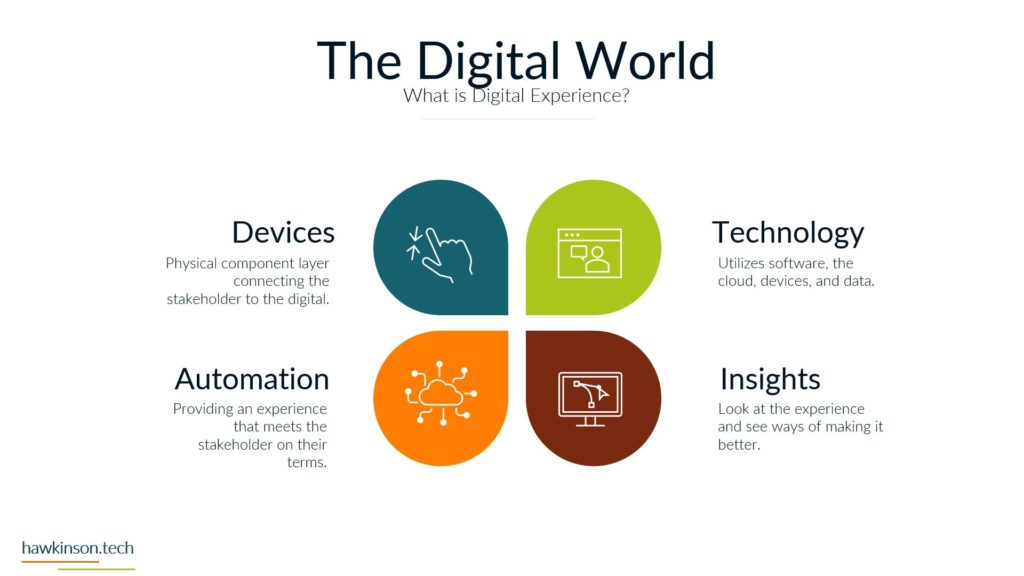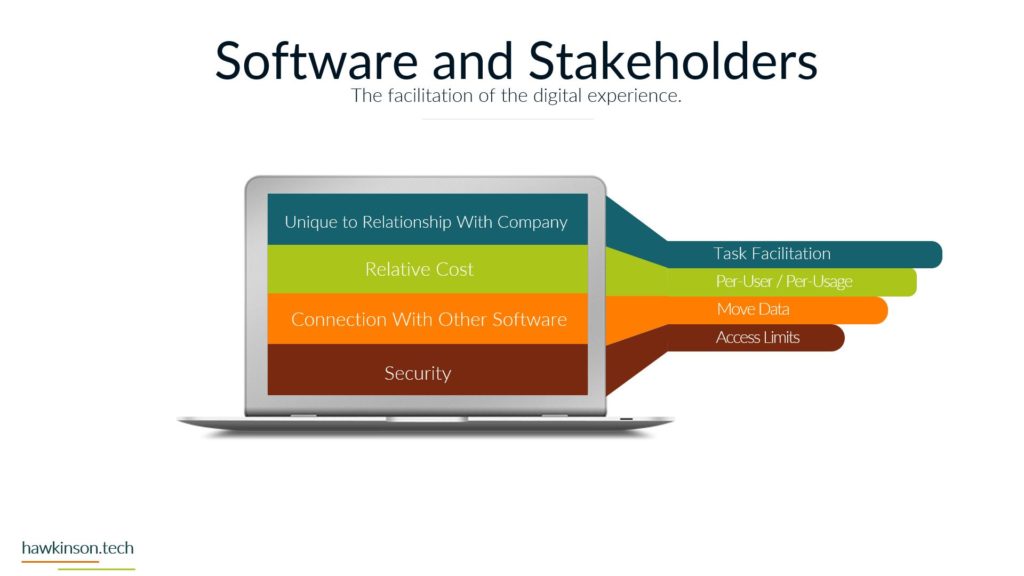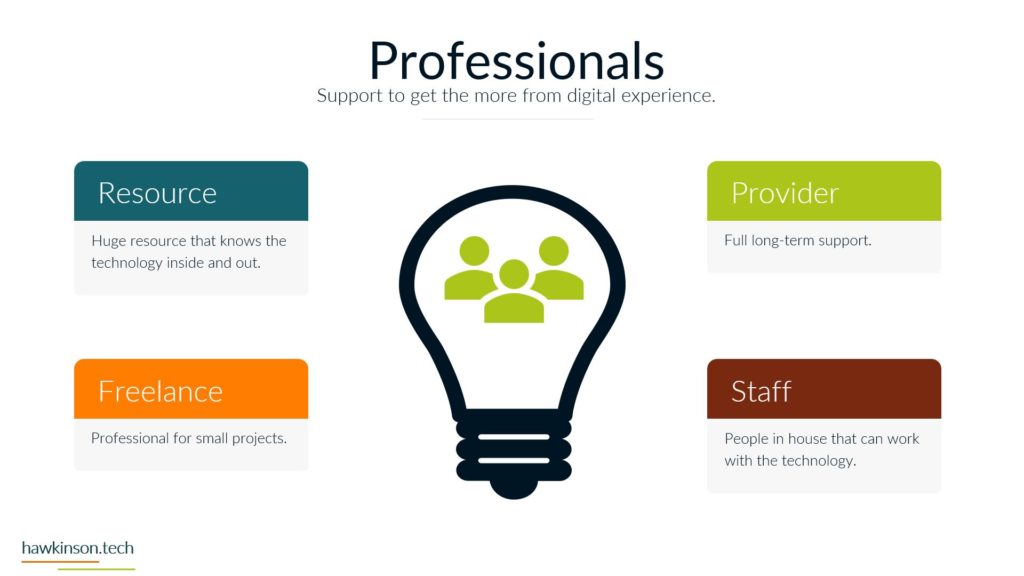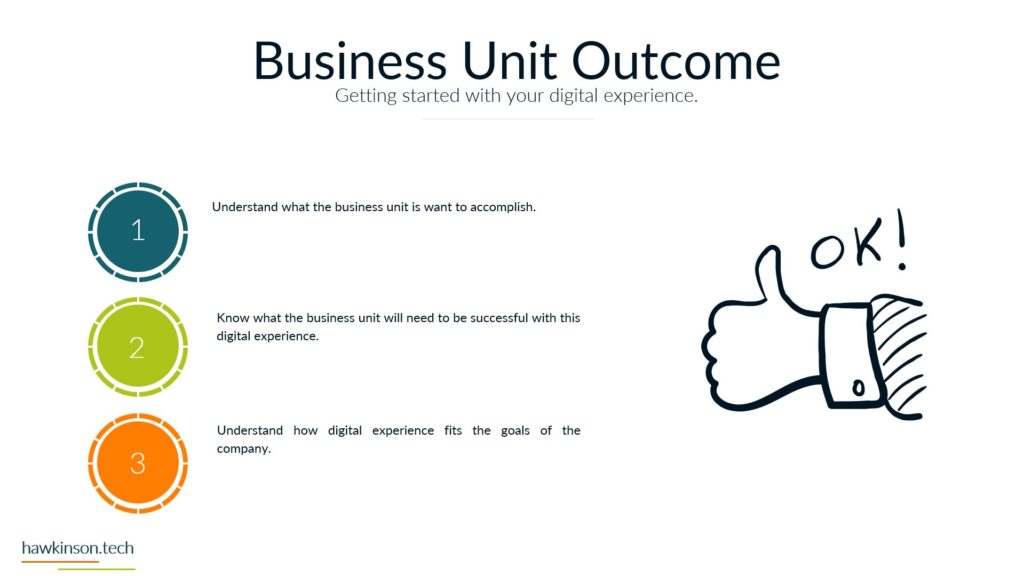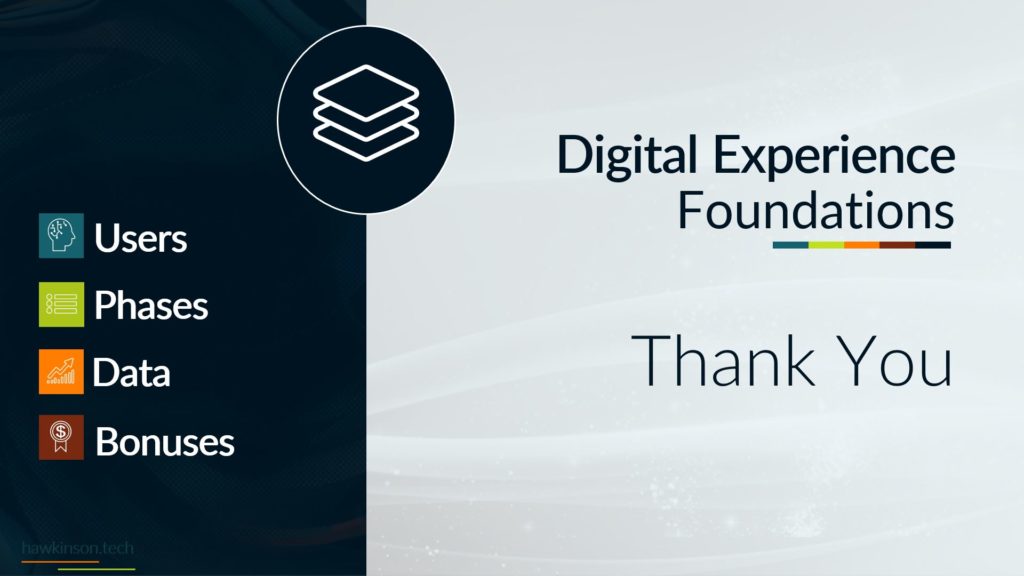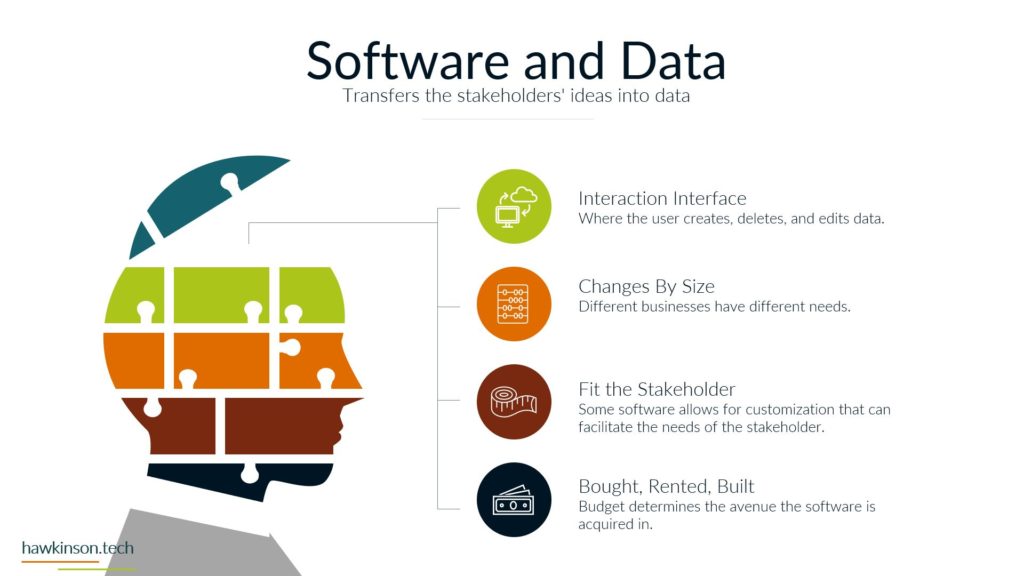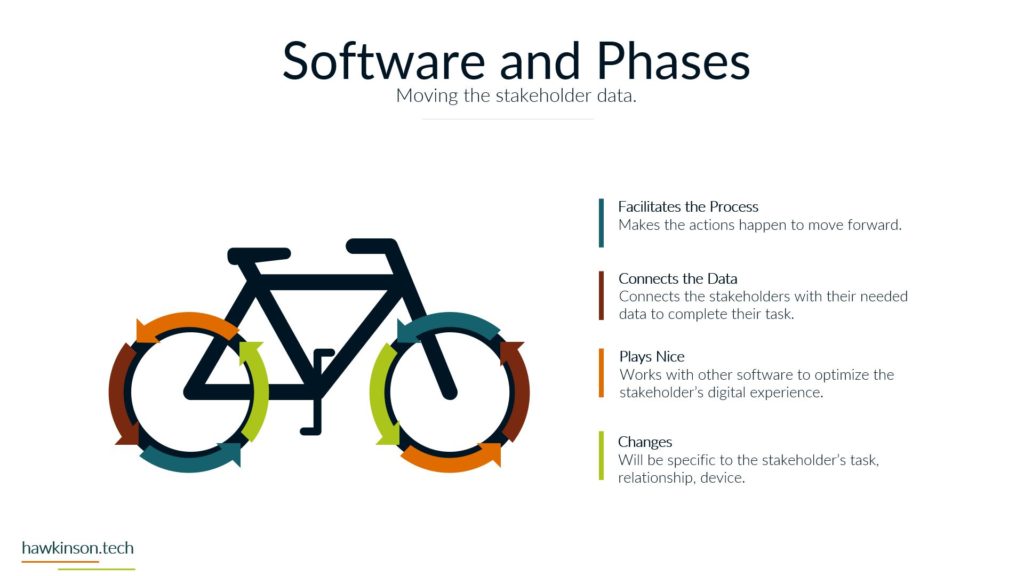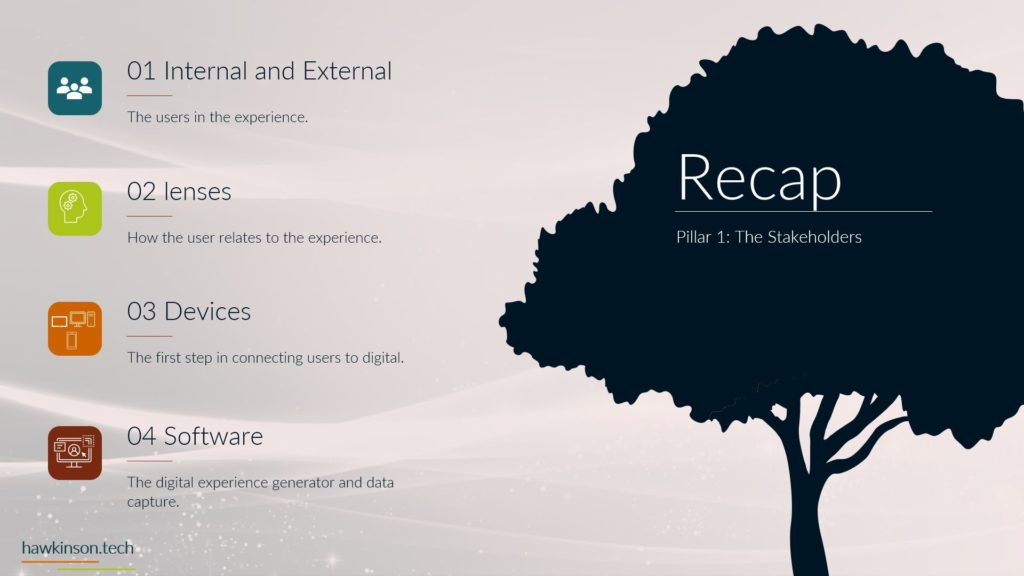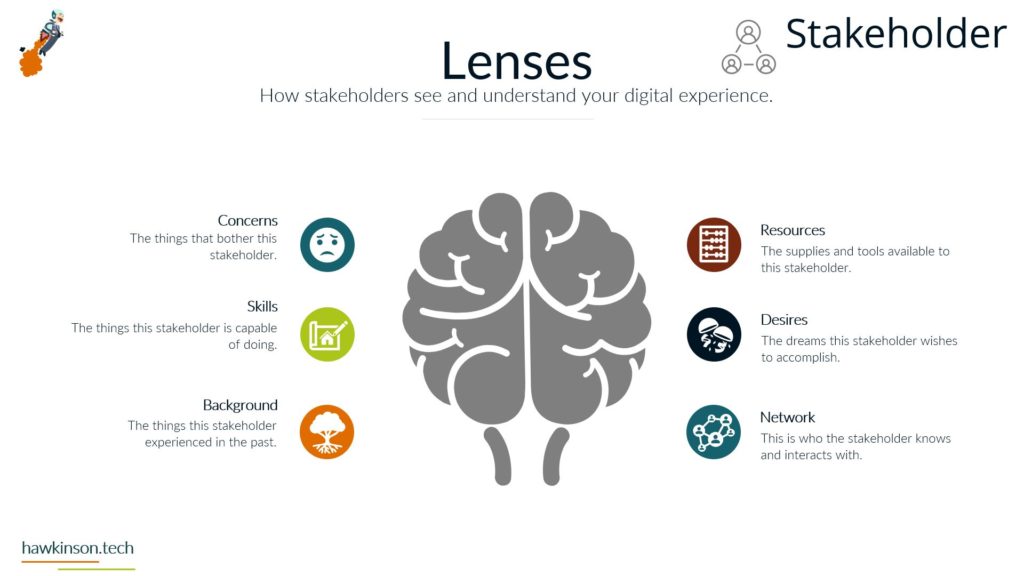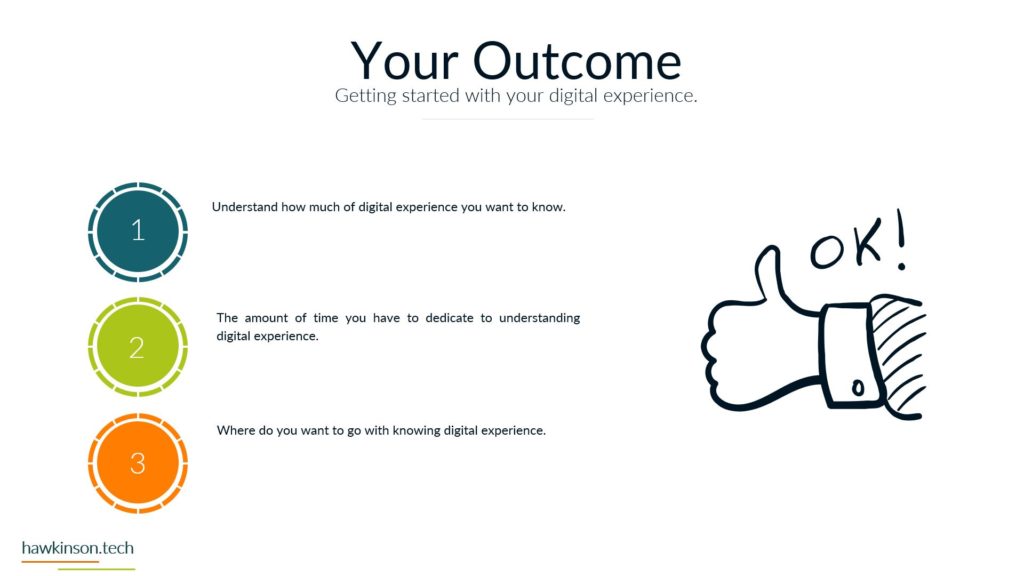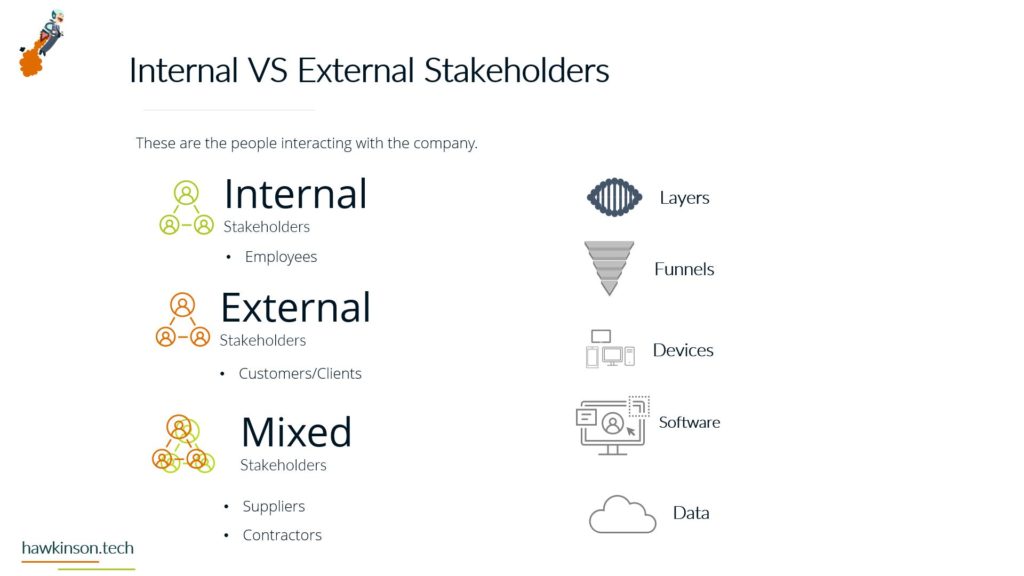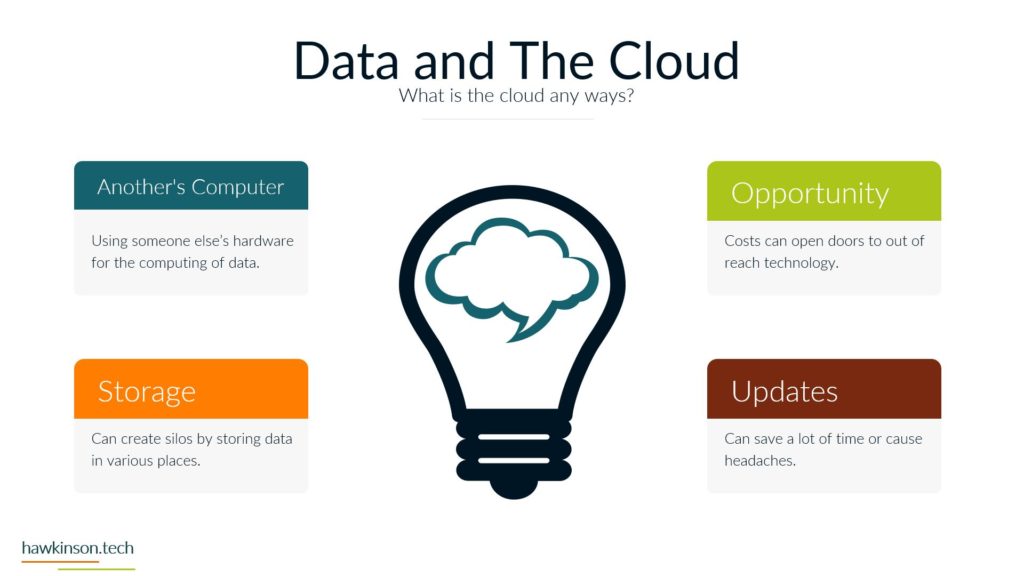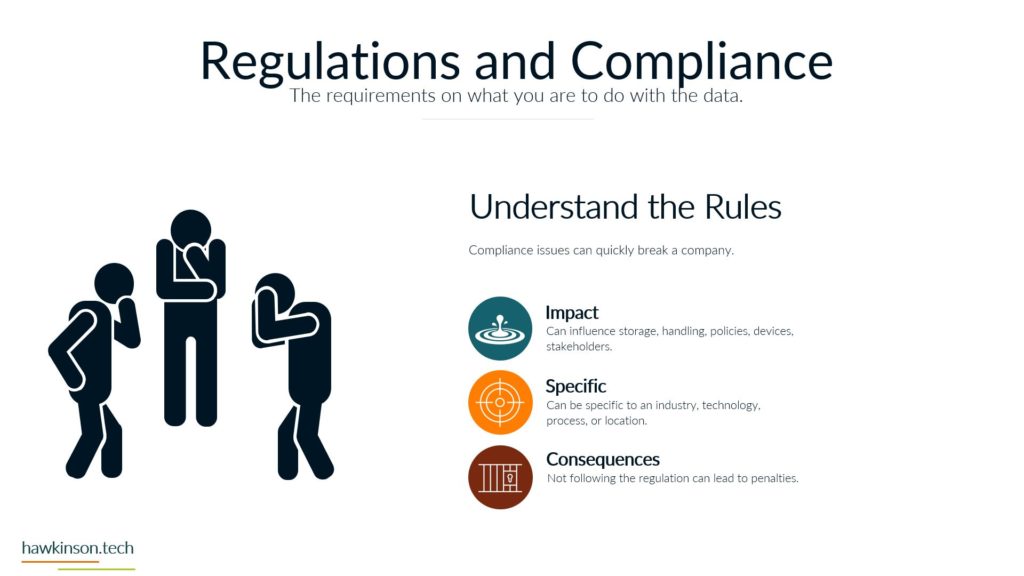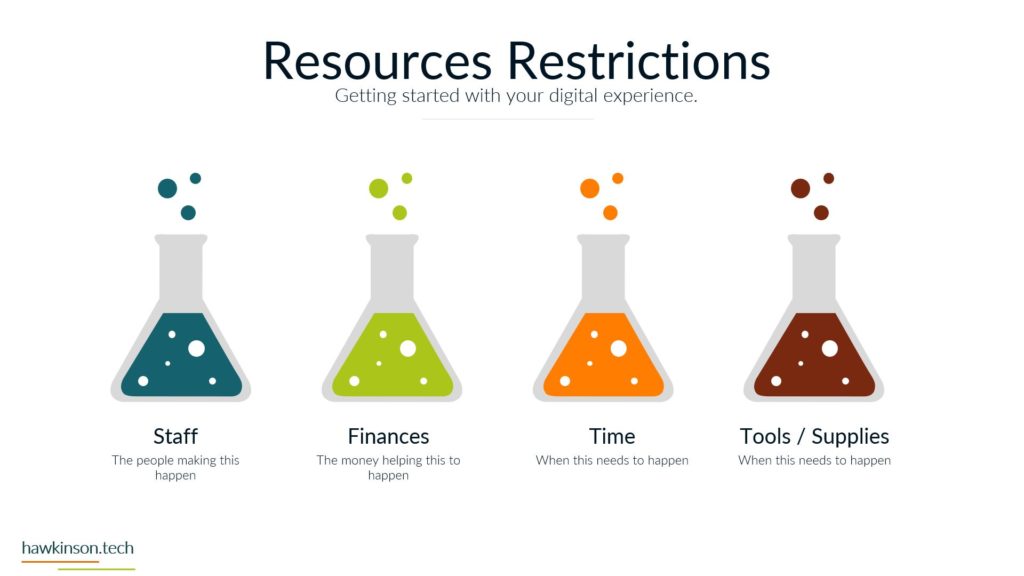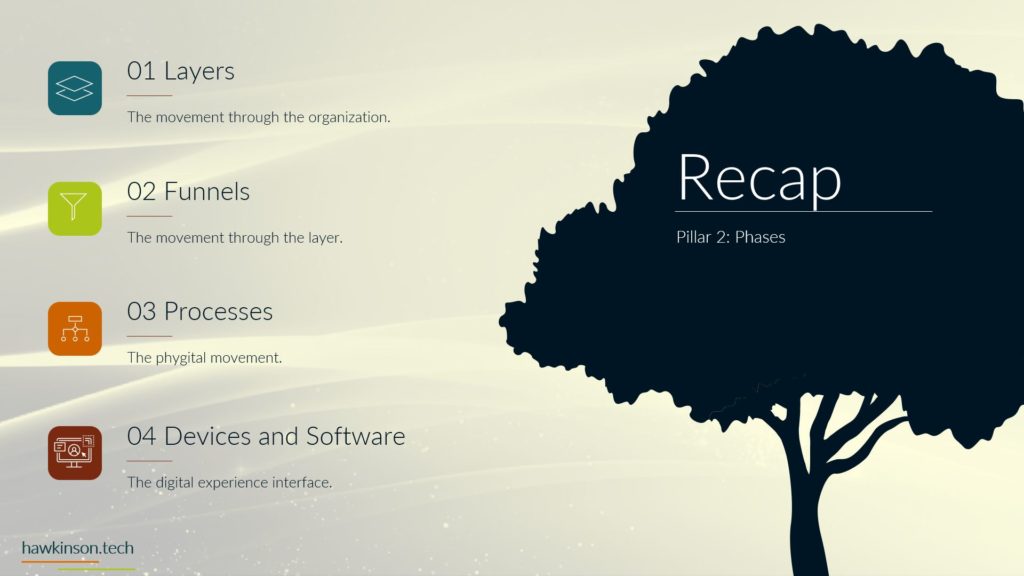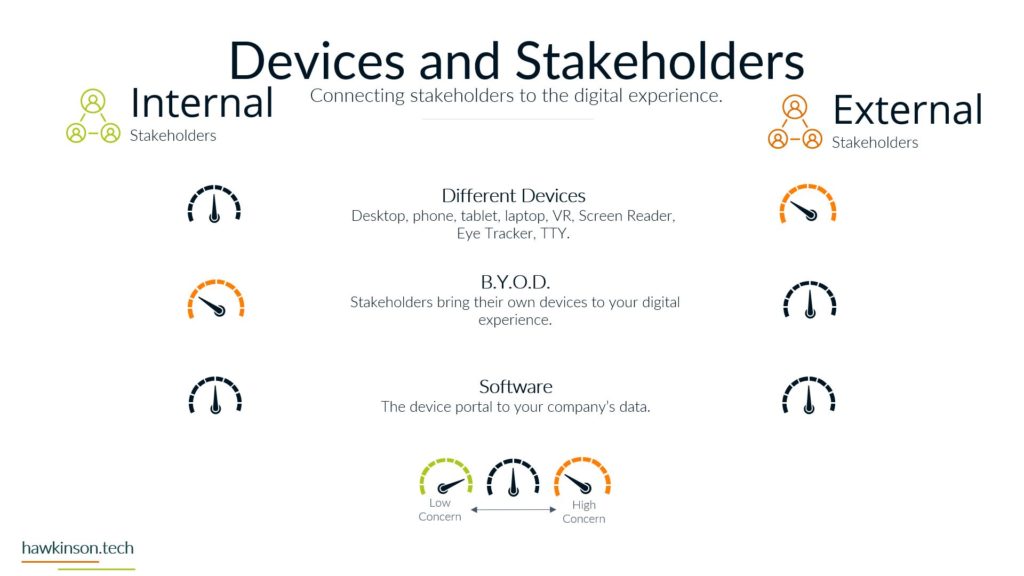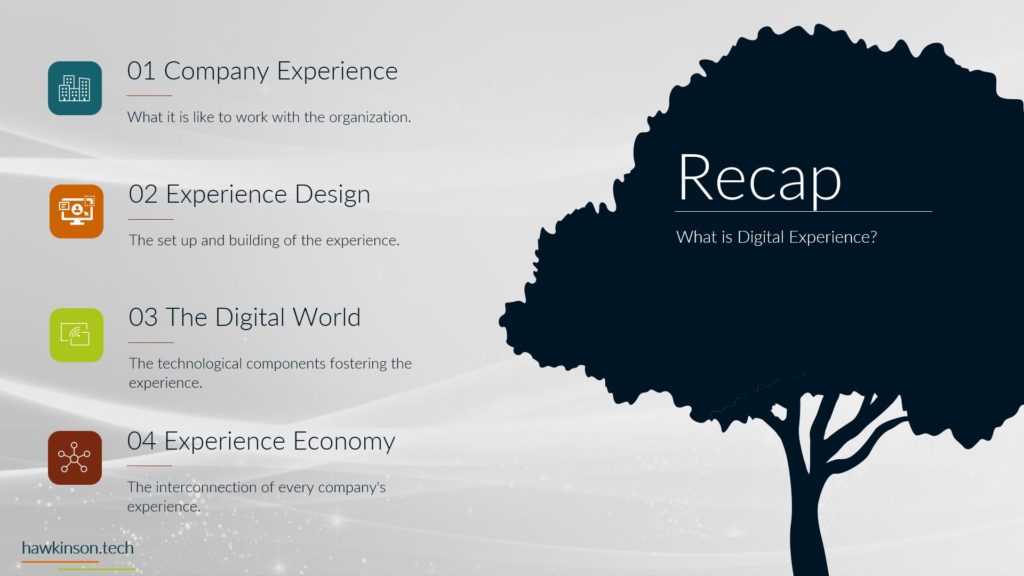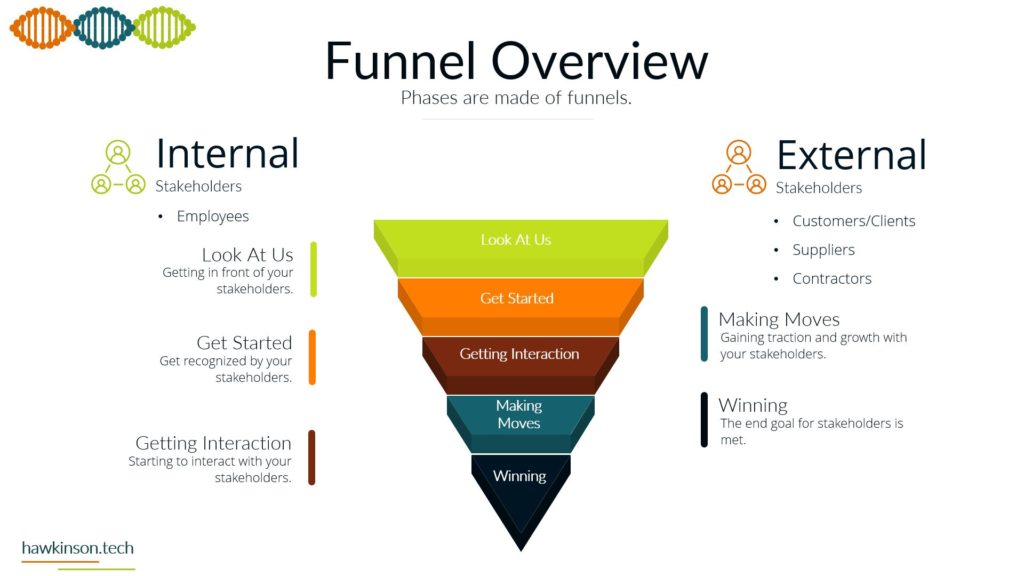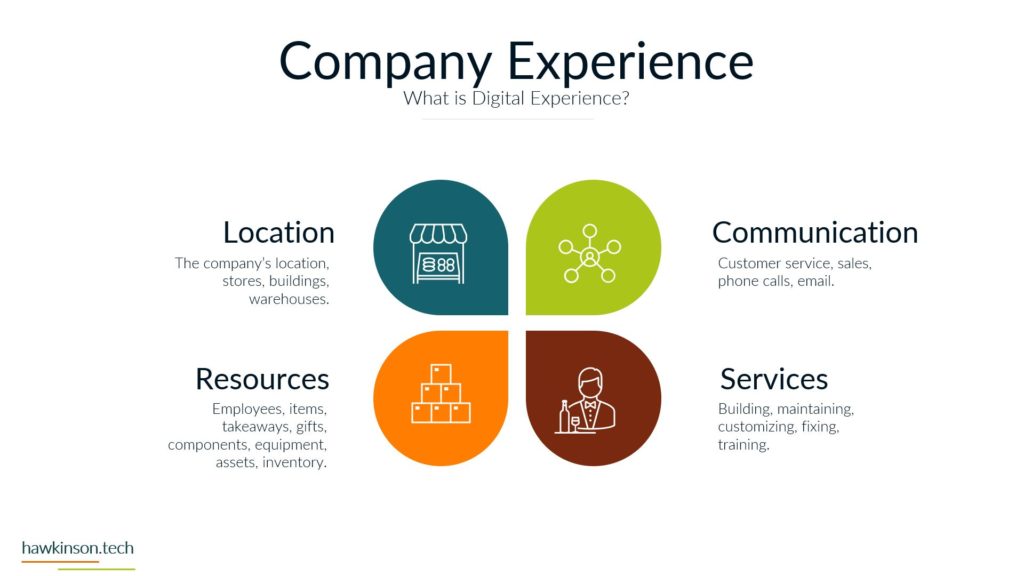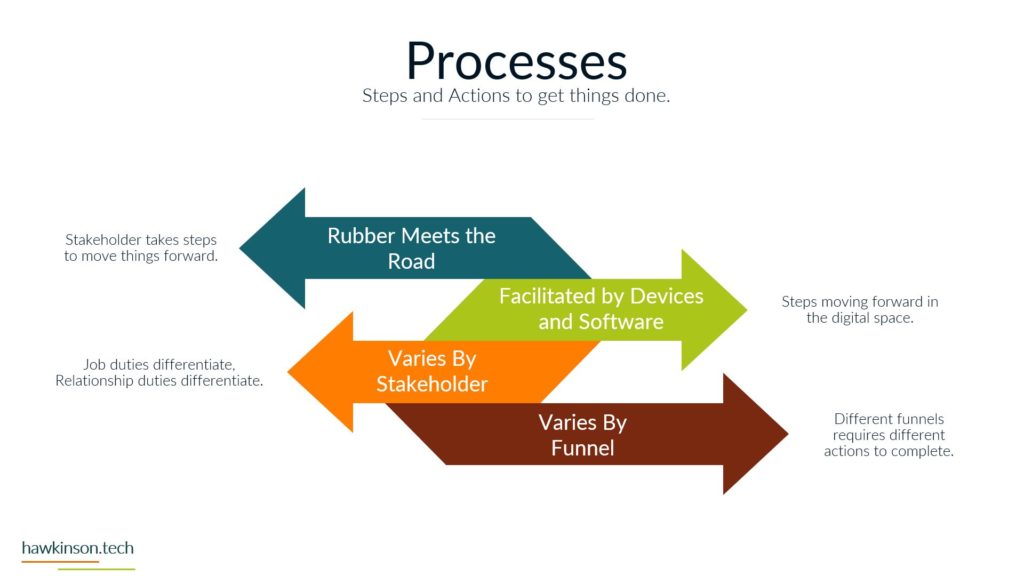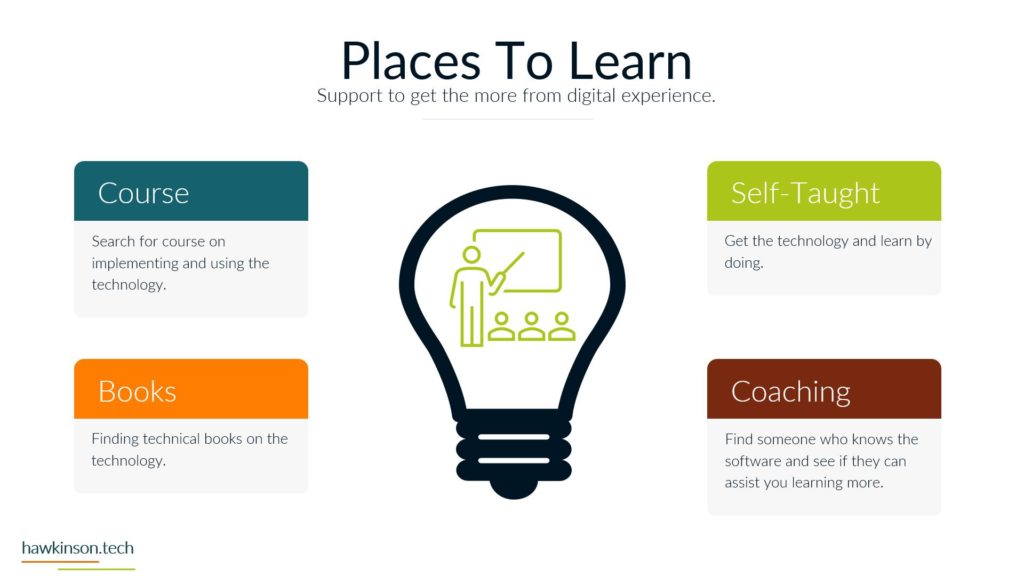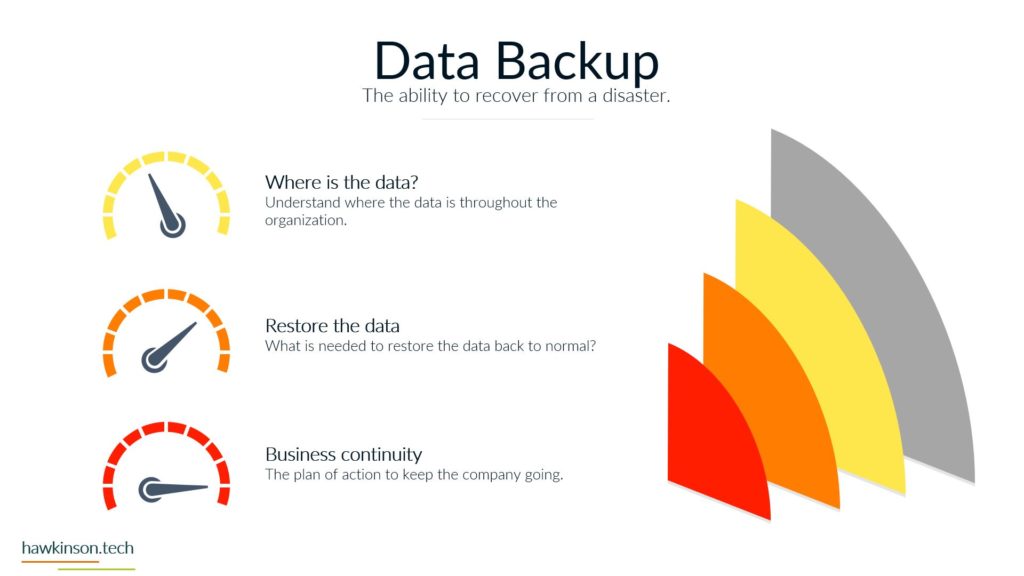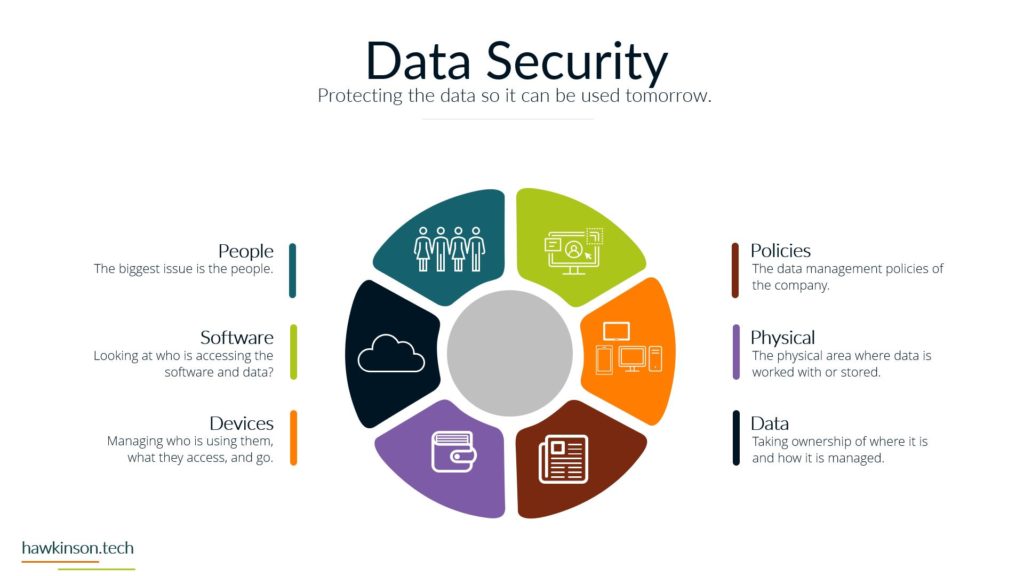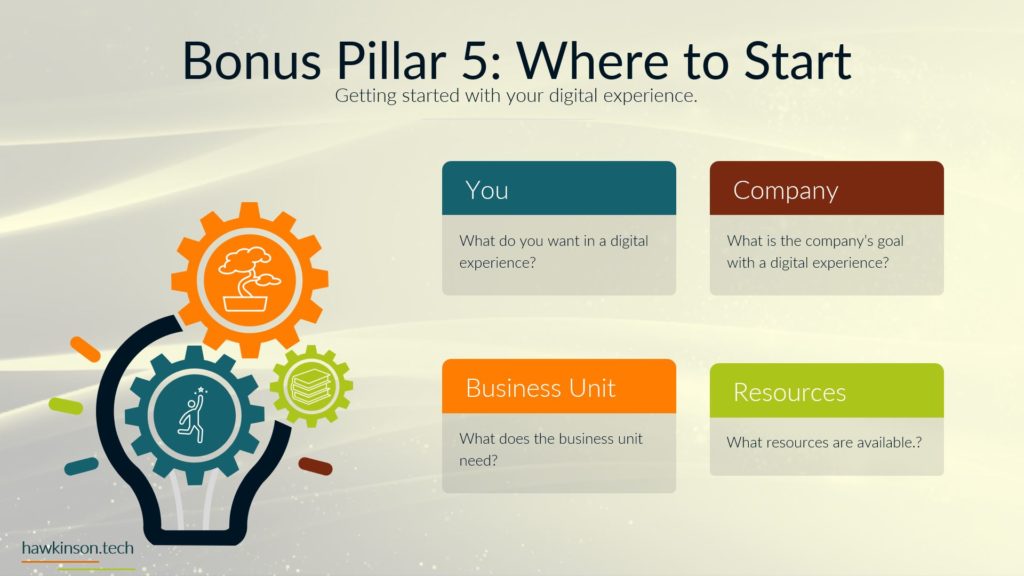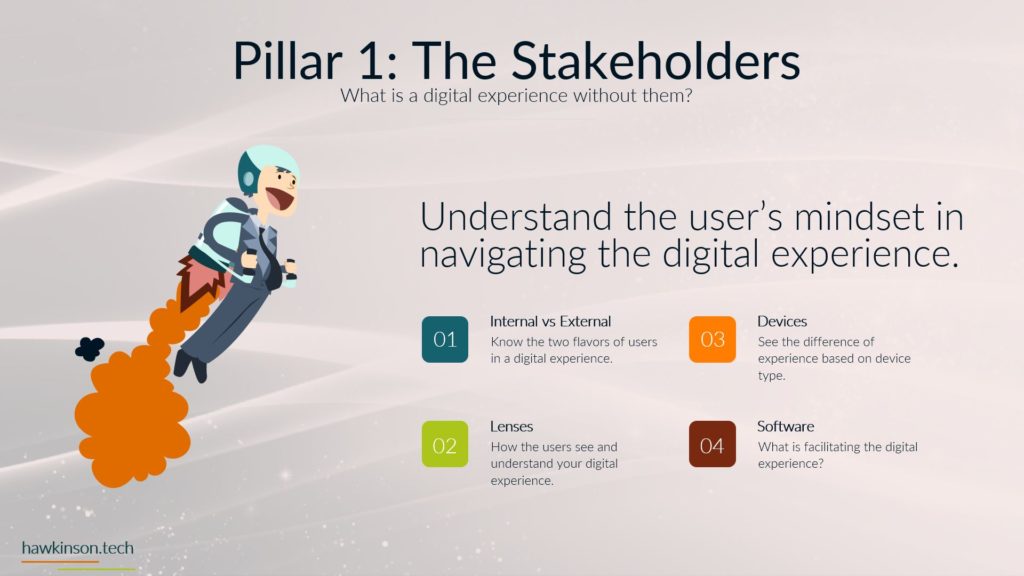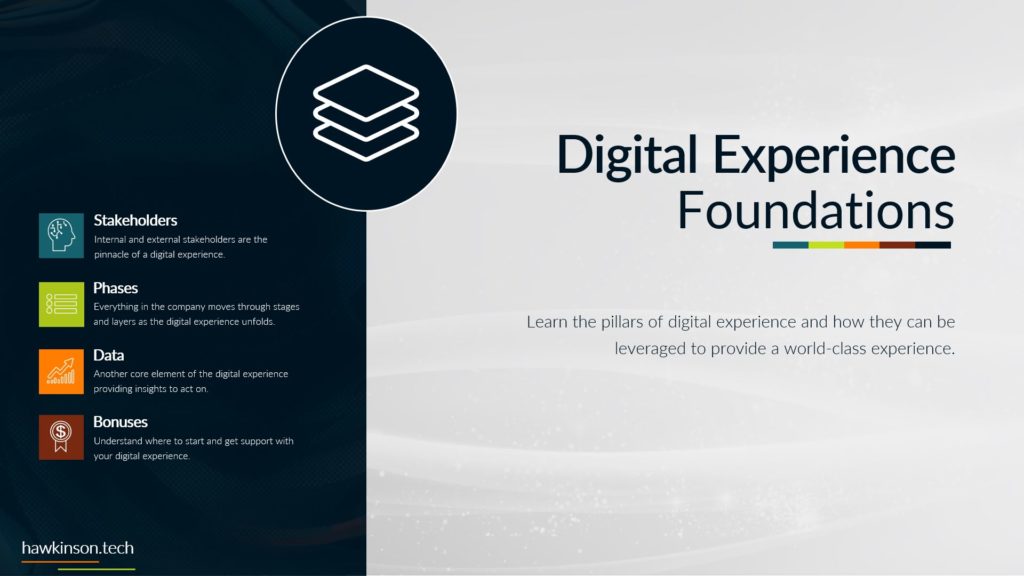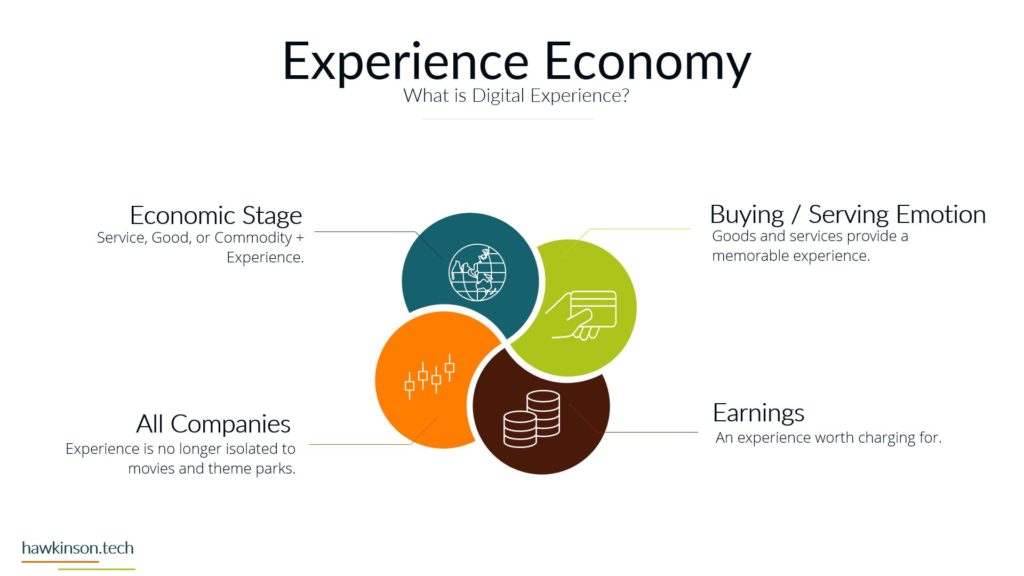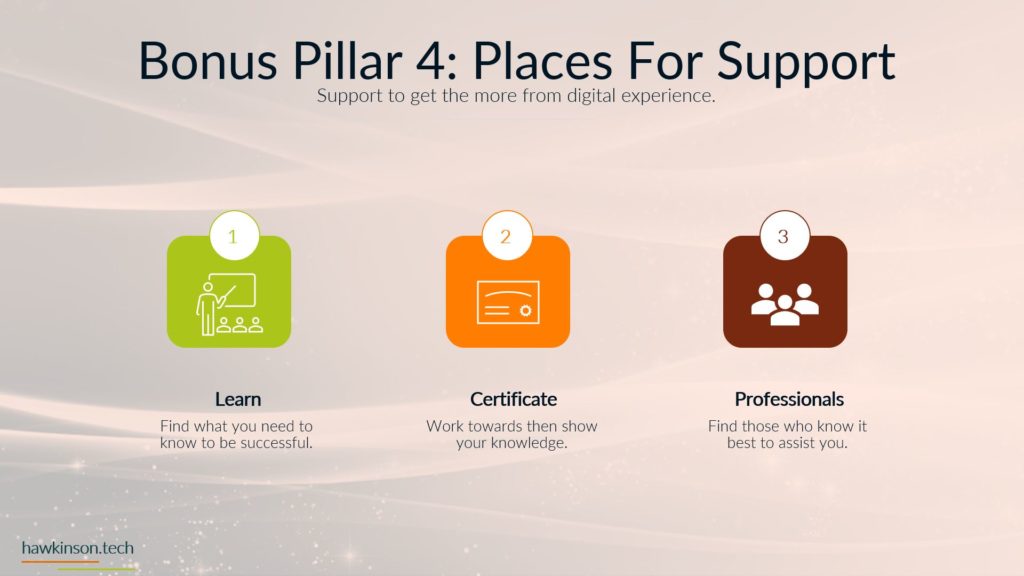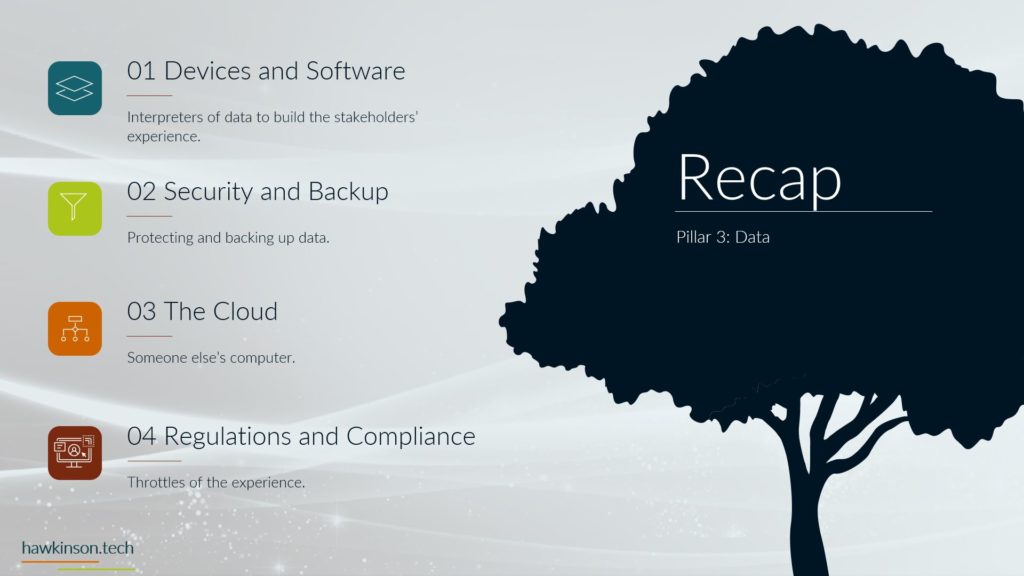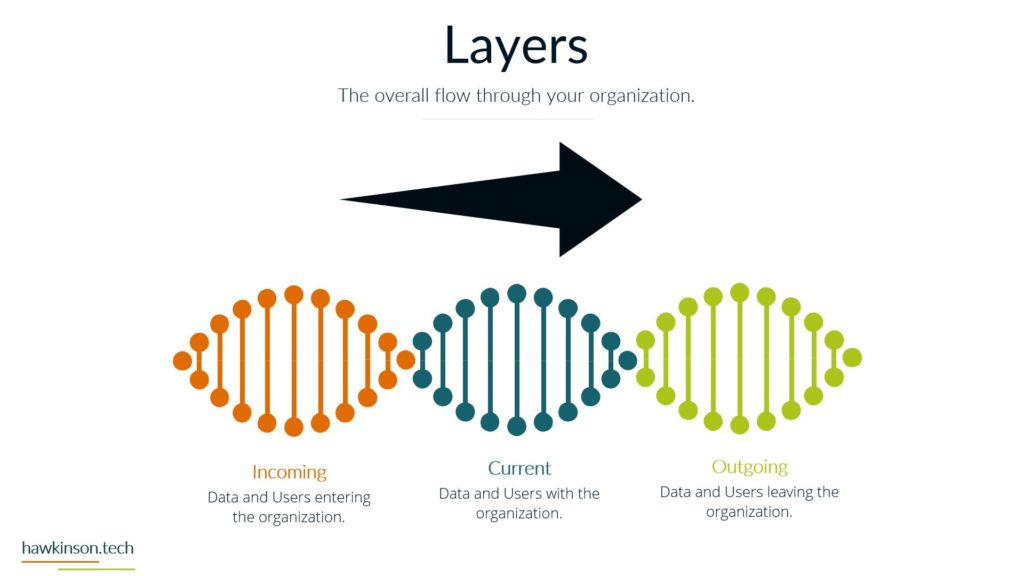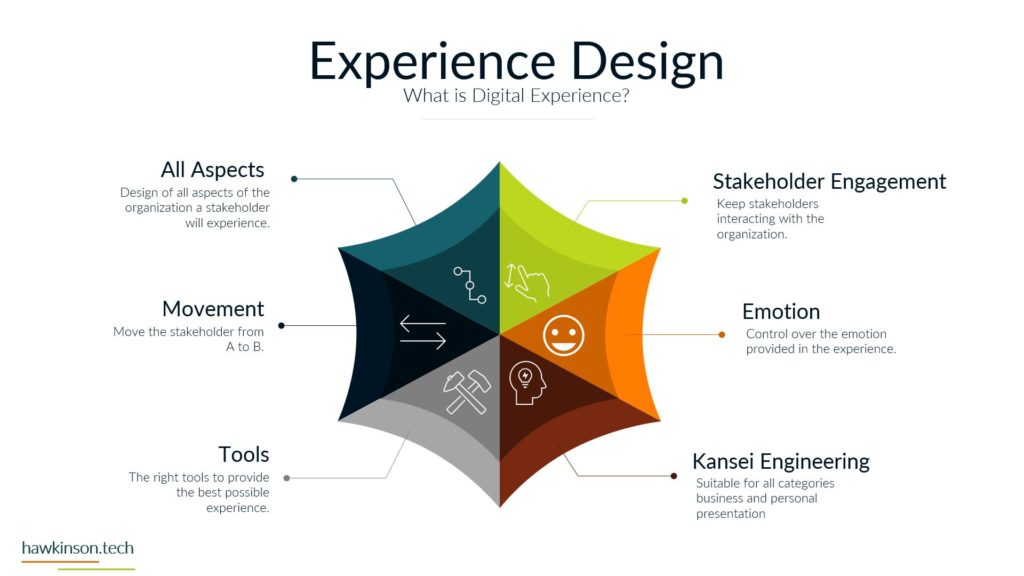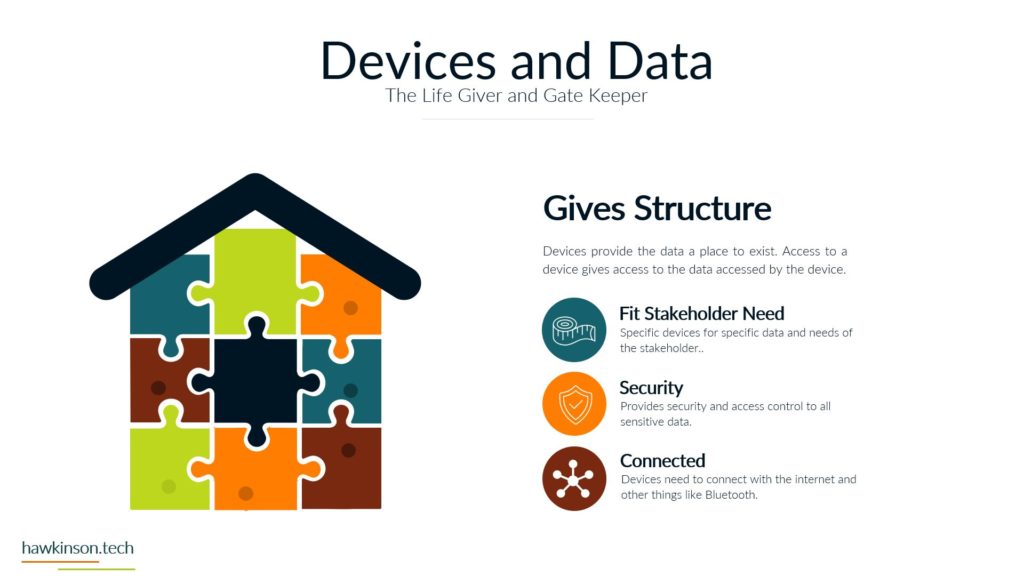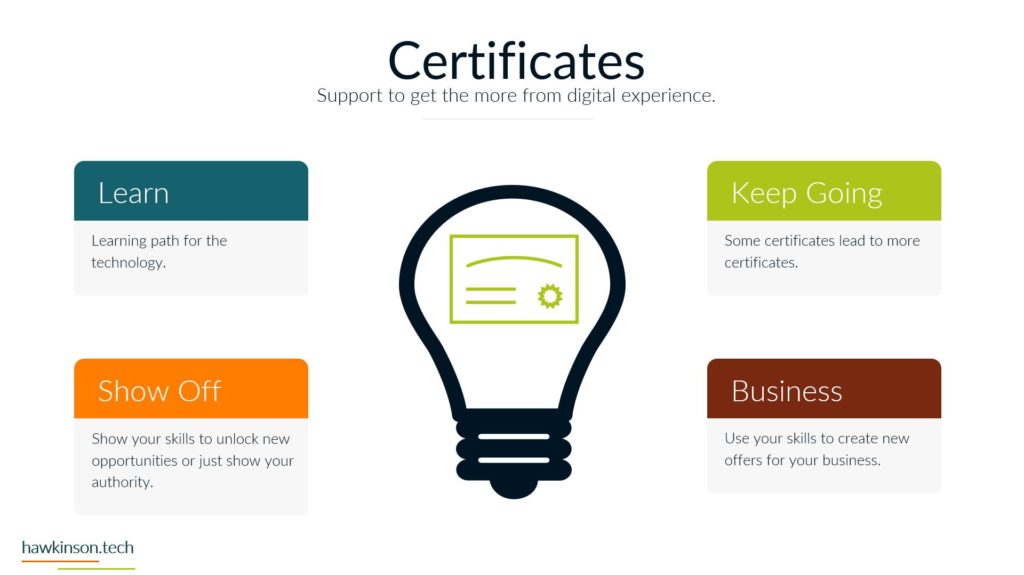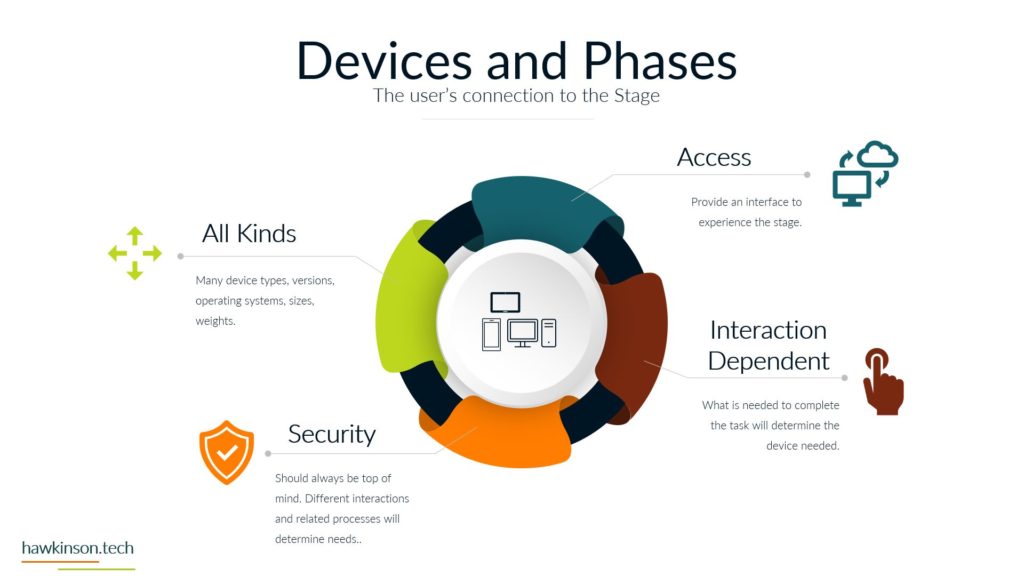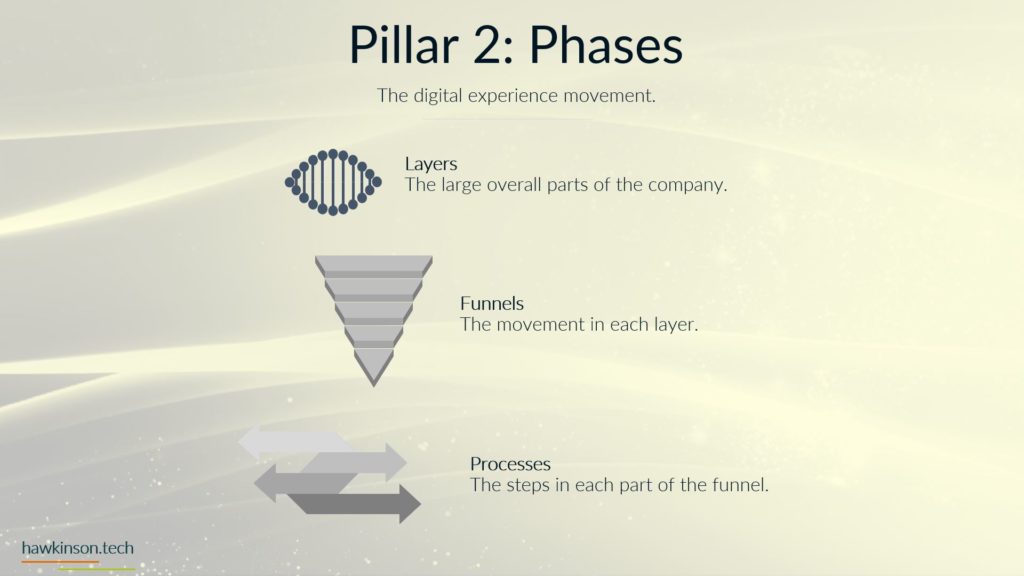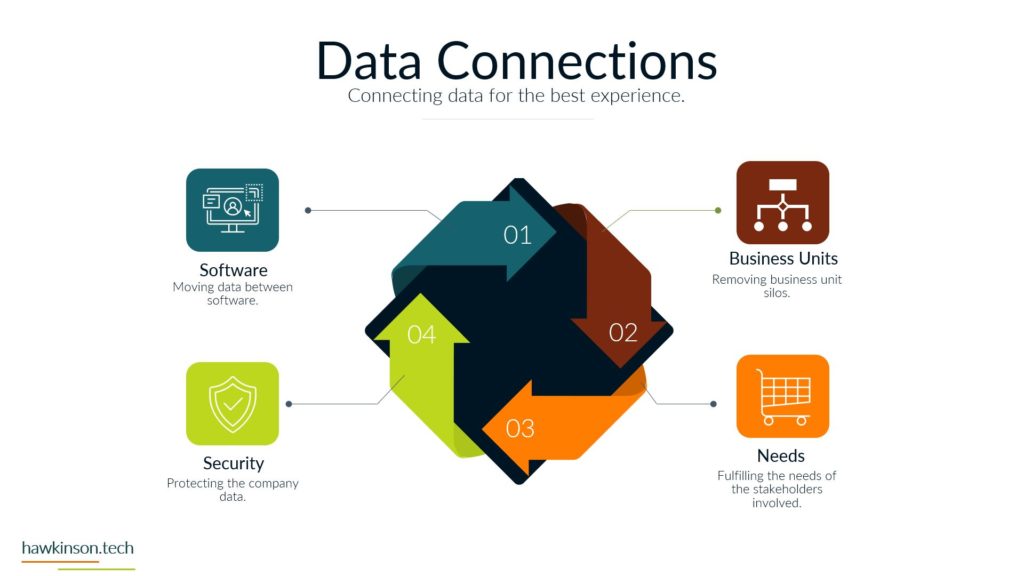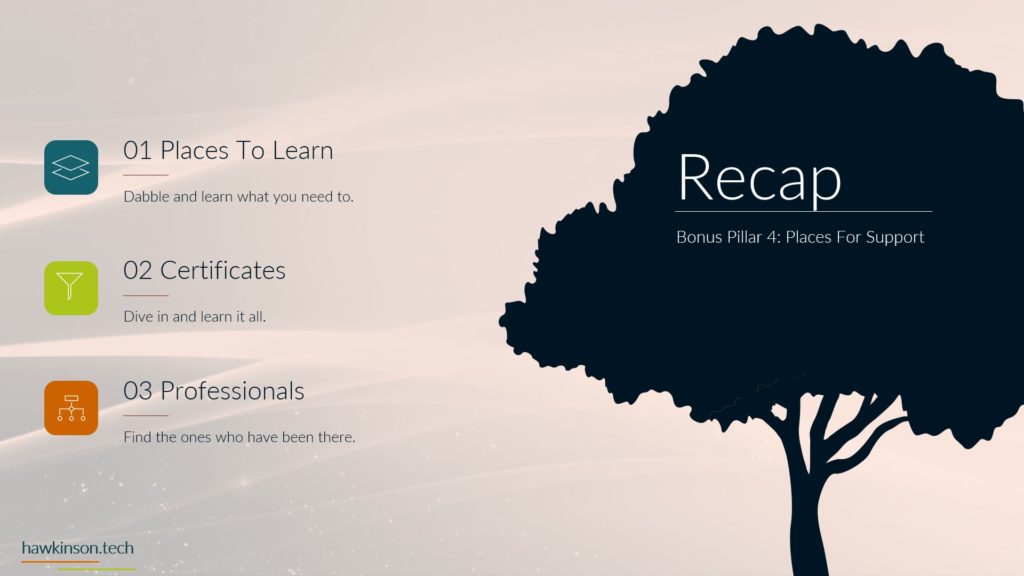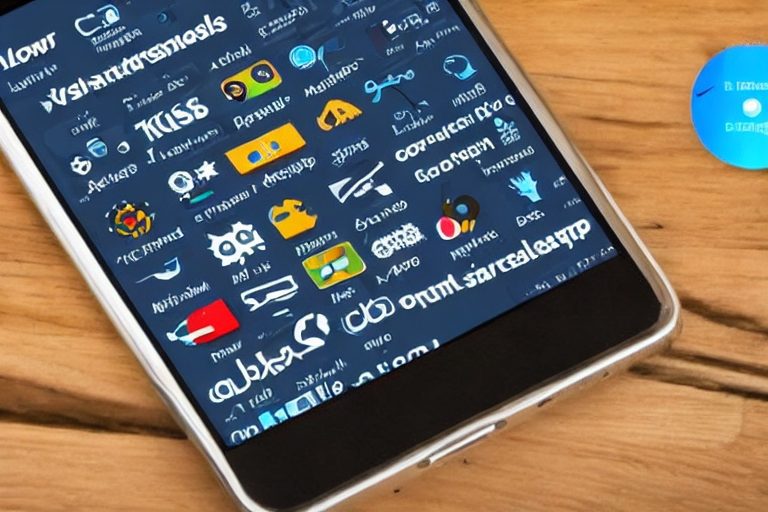This section looks at the cloud and what it means for data in a digital experience.
Digital Experience | Pillar 3 Data | Lesson 6 Data and The Cloud
Follow Me Elsewhere:
Play Video
Play Video
So now let’s talk about data and what it means for it to be in the cloud or what the term the cloud means. It’s a relatively new, newer term, I should say, just as everything is moving into more and more of a digital space. So one of the first things when looking at the cloud is it’s technically using somebody else’s computer. So it’s not like there’s things up in the clouds that are housing. Different pieces of data, essentially there’s connections through the Internet that allow the use of somebody else’s servers or somebody else’s hardware. Means that different pieces of data, or even software altogether is essentially running on somebody else’s computer. So this is true. Anytime you have to log into a web browser and access any of the applications that you can get through that browser, it means that it’s on somebody else’s computer and you essentially are getting the least. Access to that computer to work with the software and access it the way that you need to. One of the great things about the cloud is the opportunities that it can open up. In some cases some software or building out some software can be very costly, can be very cost prohibitive for a company to use it. But by using the cloud and the companies that are hosting that software being able to allocate some of their cost and their cost structuring a bit different, but it means that. They can sell the software on a monthly basis that can then allow companies the ability to afford it and be able to use it. It also means that companies aren’t having to buy new updates of software and one big bulk every year. This is especially true for very large organizations where they’re having to license hundreds, even thousands of users. And that means that every year or every time they want to upgrade those systems, there can be quite a cost that comes involved with upgrading those systems. But by being able to kind of change it into this monthly leased model, it can make it a better opportunity and more affordable for these organizations to use the software. The other thing is it can be used for storage. So if you don’t want to save things, you know, kind of like around your office or on premise as it’s called, then you can use the cloud for storing that software elsewhere. Not only can that help to diminish silos because then others can have abilities to access it whereas in some cases. That might have not been the case before, but it can also set it up so that way anybody can access that data from anywhere. So then if you have users that are working from home, they can access the data. If you have users that are in the office, they can access the same data. If you have users that are in a completely different part of the world, they would still be able to have access to that data, do the things that they need to and accomplish the jobs that are assigned to them. Another great thing about the cloud. In using somebody else’s computer essentially or updates, as we were saying before, a lot of large organizations in an old software purchasing model would have to purchase software kind of every year or every so many years. That means that during the time from the time they purchased it to the time they go to do the upgrades, there’s likely changes and features. There might be security issues, although nowadays a lot of companies still release security features and updates. But by moving to the cloud and kind of leasing it and using this leasing model that it means that anytime the company makes an update to their software, it’s automatically updated. So there’s no longer this need to keep rebuying it year after year and using an outdated version at one point and then being able to upgrade to a new version. It means that users and stakeholders are constantly having the newest version of whatever software the organization is using. This can make a much better. Experience. It can diminish security issues. It can also just open doors for users to be able to use the latest and greatest, which in a digital world for attracting employees can be quite an ordeal. In some cases, some users might not want to work for companies where they have to go through and use outdated systems. Instead, they’re excited to work for companies that are offering them things state-of-the-art that they get to experience and work with on a daily basis. So now we’ve covered some aspects of the cloud and what that means. In the next section, we’ll talk about regulations and compliance and what that means for the experience and especially a digital experience.
Related Content
More Content
Embark on a journey through the transformative power of data in the digital era. In this comprehensive article, explore how software empowers data facilitation, devices act as gatekeepers of data access, and security safeguards the digital
Create a professional and functional website with ease using online page builders. Explore factors like ease of use, customization, features, mobile responsiveness, SEO tools, support, and pricing to choose the right website builder for your needs.
Organizations can create impactful digital journeys by enhancing user interaction, building a robust digital infrastructure, streamlining processes through automation, and leveraging data-driven insights. Tailoring experiences to device types ensures seamless interactions, while a strong technology foundation
Discover the critical role of stakeholders in shaping a company’s digital experience. Gain insights into internal and external stakeholders, understand their diverse lenses and perceptions, optimize devices for seamless interactions, and leverage software to elevate digital
Building a small business application can be difficult when you have to go through multiple sections of code for your software.
